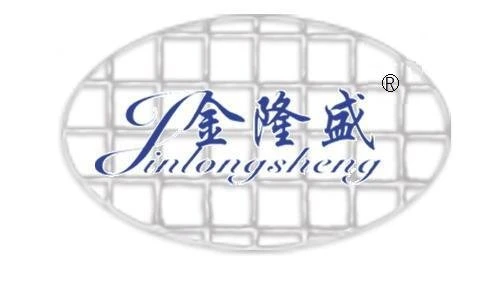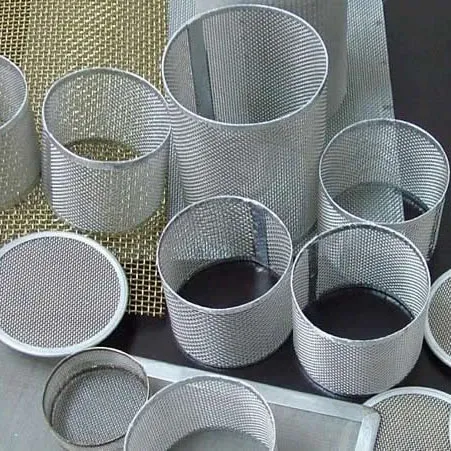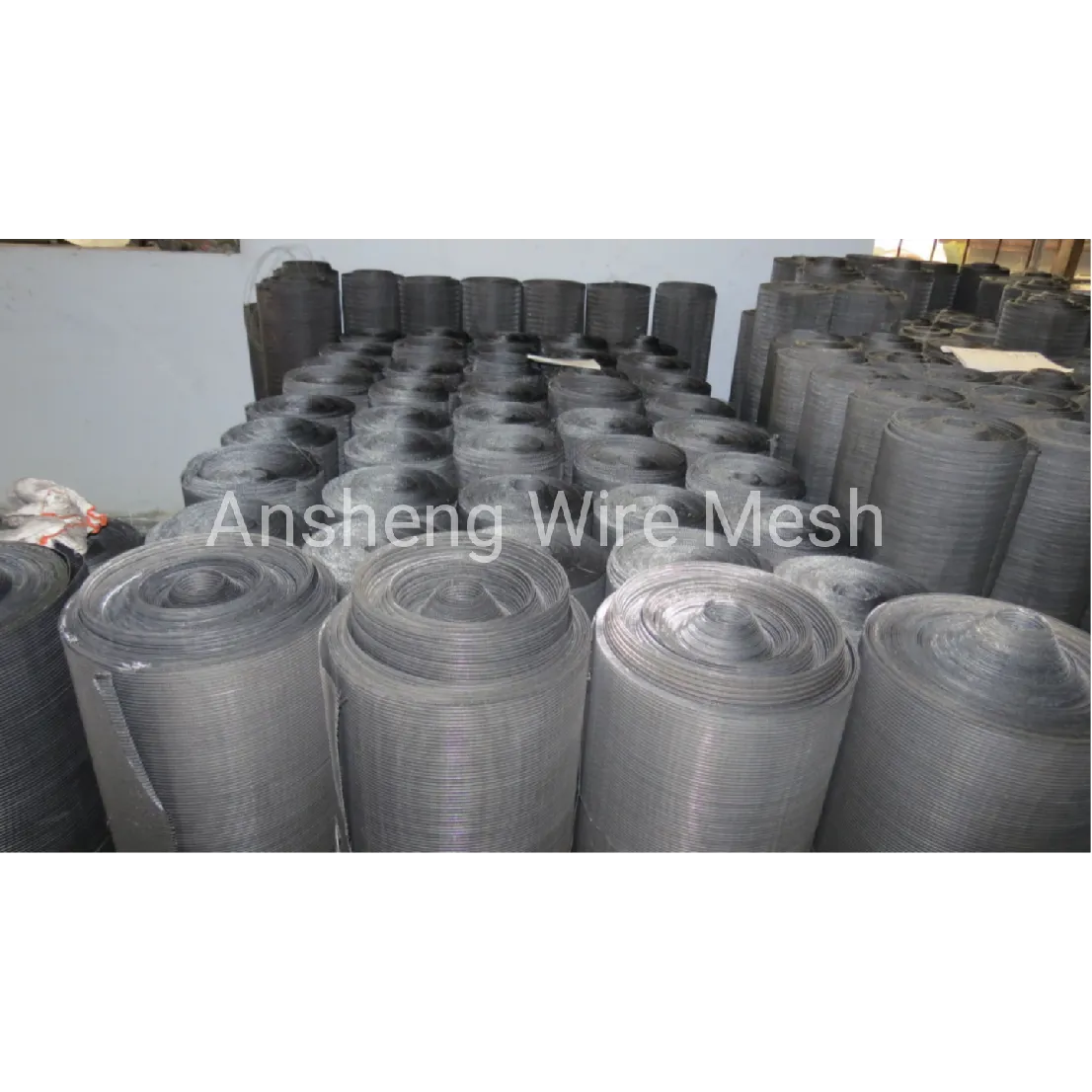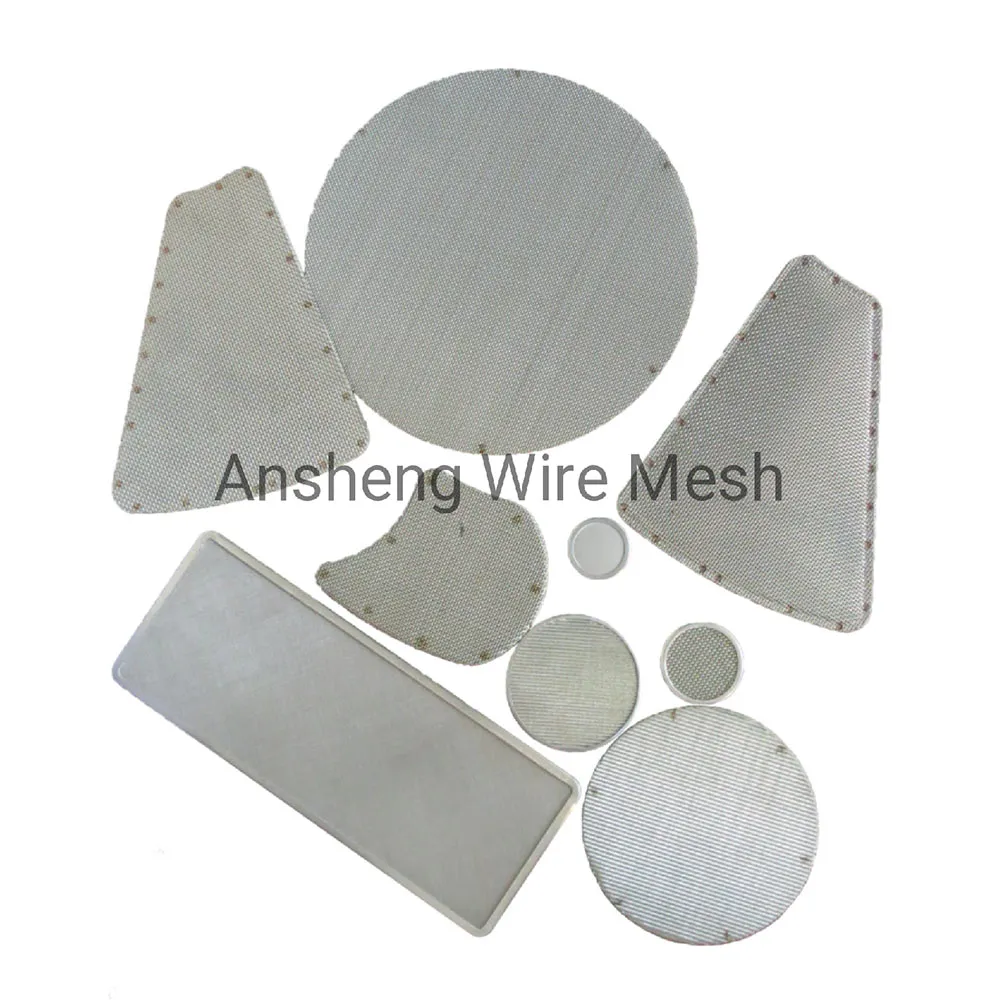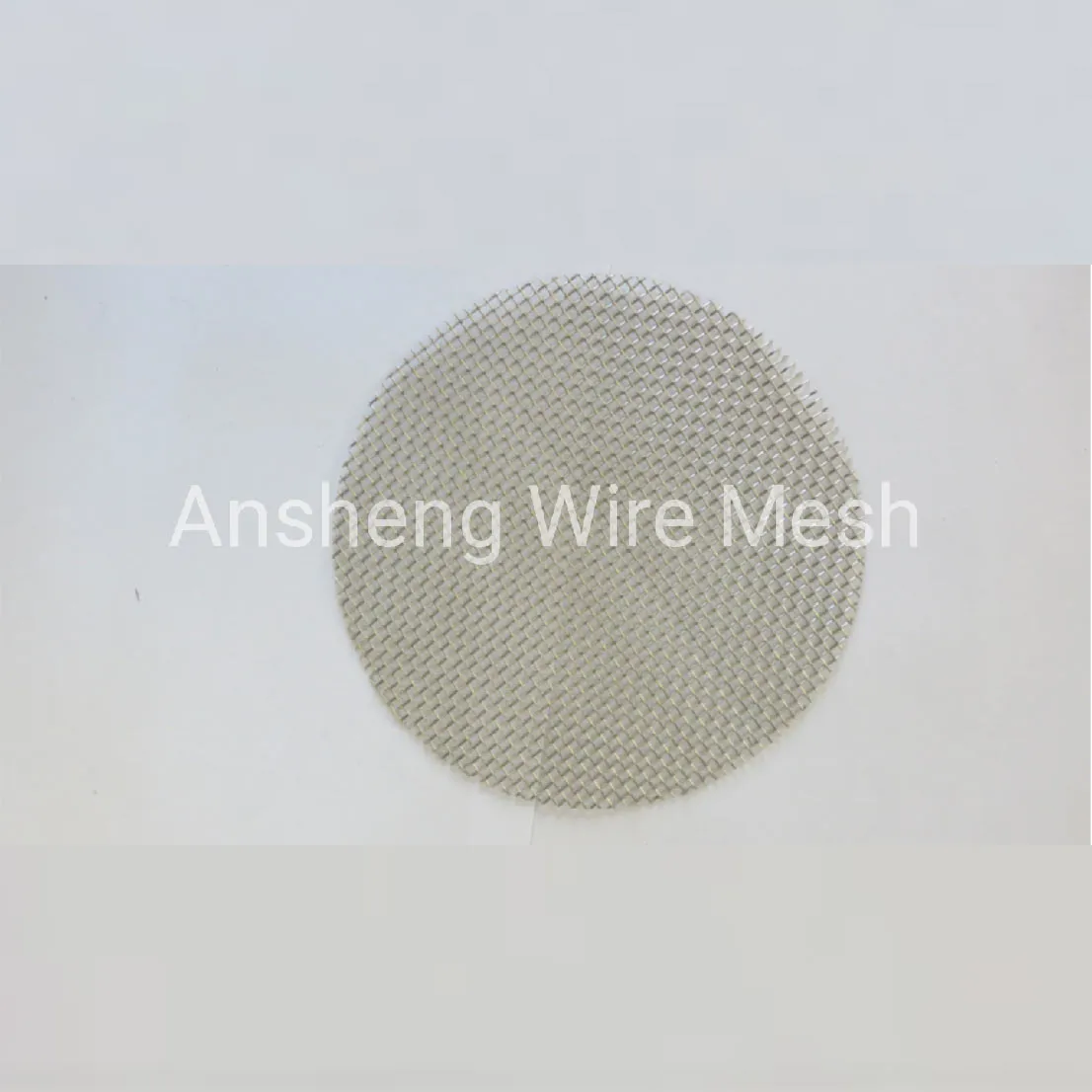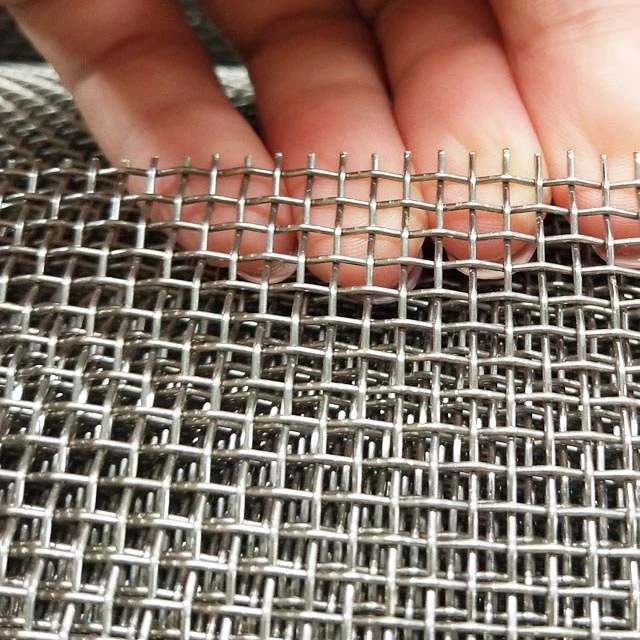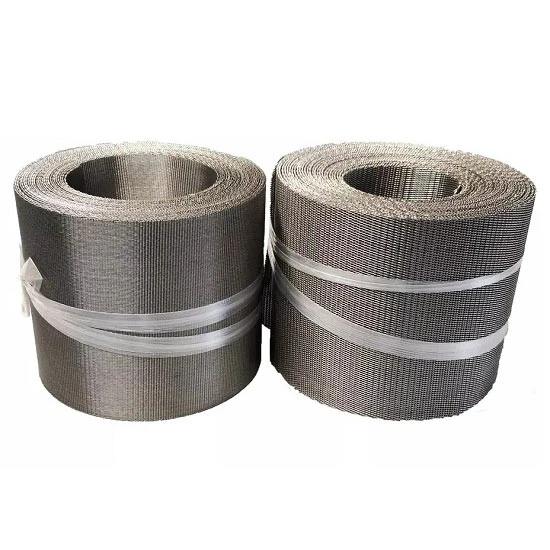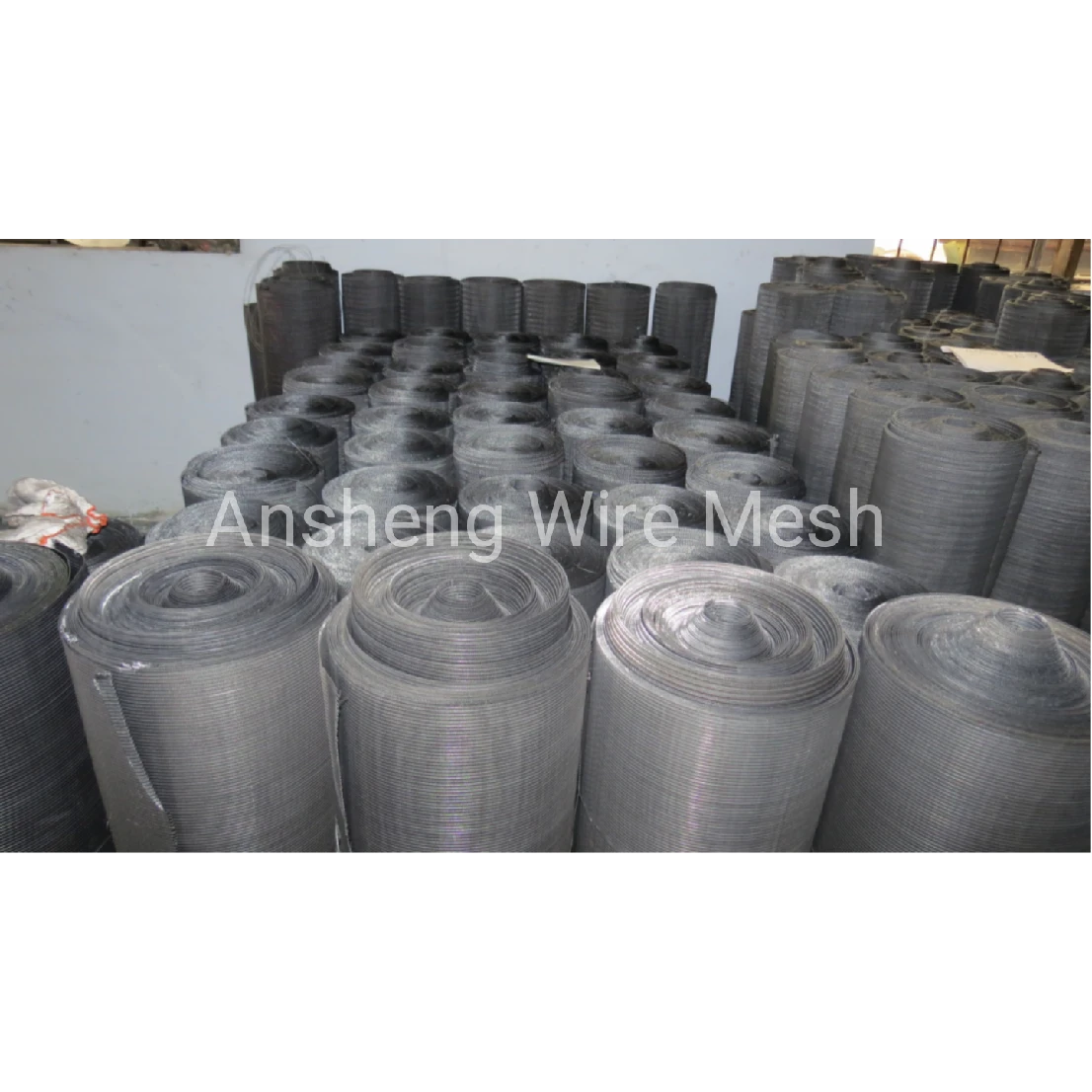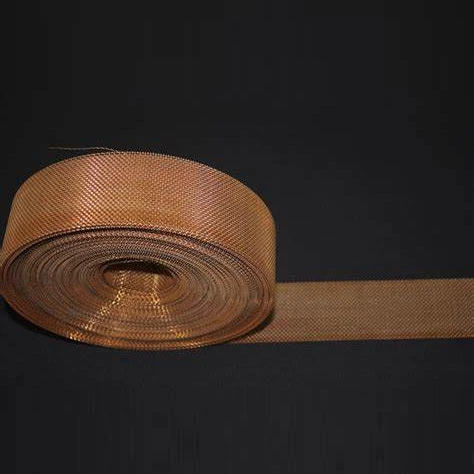Why Stainless Steel Sieve Mesh Matters in Today's World
At first glance, a stainless steel sieve mesh might sound like a niche industrial component. But in fact, it’s one of those quietly vital technologies underpinning diverse industries worldwide — from food processing to environmental protection and even humanitarian relief. Understanding this material’s value, design, and global applications reveals not just engineering prowess but how small, well-crafted solutions contribute to safer, cleaner, and more efficient operations.\
Globally, industries demand materials that combine durability, precision, and adaptability. That’s where stainless steel sieve mesh steps in — helping filter, separate, and refine substances critical for daily life. It’s a kind of silent hero, sorting out solids from liquids, protecting equipment, and ensuring product quality.
Global Importance of Stainless Steel Sieve Mesh
Industries worldwide processed an estimated 10 billion tons of materials requiring some form of filtration in 2023 alone, according to ISO data. In particular, the food and beverage sector, chemical processing plants, and water treatment facilities rely heavily on sieving technology for product safety and consistency.
The challenge: materials handled today come with increasingly tough specs. Contamination prevention, durability in harsh environments, and cost-effective scalability are constant hurdles. Stainless steel sieve mesh answers these by virtue of its corrosion resistance and mechanical strength.1 This matters not just in industrialized zones but also for emerging economies bolstering infrastructure — and NGOs running disaster relief, ensuring potable water filters stand up to unpredictable conditions.
What Exactly Is Stainless Steel Sieve Mesh?
Simply put, stainless steel sieve mesh is a woven or welded metal fabric made from stainless steel wires. Think of it as a robust, corrosion-resistant net engineered to separate particles based on size. The mesh size, wire diameter, and weave style dictate its filtering precision. Because stainless steel tolerates heat, pressure, and chemicals better than many alternatives, it’s the default choice for demanding tasks.
Its connection to modern industry? Well, without effective sieving, your morning coffee, pharmaceutical tablets, or even the air you breathe (filtered in HVAC systems) might be dirtier or less consistent. The same mesh technology even finds use in humanitarian efforts — protecting water supplies or screening harmful debris in rebuild projects.
Core Components That Define Stainless Steel Sieve Mesh
Durability
Stainless steel’s chromium content forms a thin oxide layer, giving the mesh unmatched corrosion resistance. This means it stays functional in acidic, alkaline, or wet environments over long periods. Engineers love this because maintenance cycles stretch, downtime shrinks, and ultimately, costs dip.
Scalability and Customization
From tiny mesh openings under 10 microns to large screens filtering gravel, sizes adjust based on needs. Custom fabrication can tweak weave patterns, wire gauge, and frame support — making this mesh suitable for everything from fine chemical powders to construction aggregates.
Cost Efficiency
While stainless steel mesh costs more upfront than cheaper plastics or carbon steel, its lifespan and recyclability often outweigh the expense. In real terms, many industrial operators find it the smarter investment over years of use. stainless steel sieve mesh
Precision and Consistency
Modern manufacturing ensures uniform openings, critical for industries where product quality hinges on exact particle sizing — pharmaceutical companies, for example, require consistency that only tight manufacturing controls can deliver.
Resistance to Temperature and Chemicals
This makes stainless steel sieve mesh indispensable for hot processes or chemical plants, unlike nylon or polyester meshes that may melt or degrade.
Real-World Applications of Stainless Steel Sieve Mesh
- Food & Beverage Industry: Ensures powders, grains, and liquids are free from contaminants. From sugar processing in Brazil to spice sieving in India, it safeguards taste and hygiene.
- Water Treatment Plants: Used globally to filter particles and microbes, enhancing public health and compliance with WHO standards.
- Mining and Quarrying: Screening ores and minerals in South Africa and Australia for quality control and safe processing.
- Disaster Relief Efforts: Portable filtration units rely on stainless steel mesh to produce safe drinking water in flood zones or after earthquakes.
- Chemical & Pharmaceutical Manufacturing: Particle size control in production lines ensures safety and regulatory compliance.
Take, for instance, a remote industrial zone in Canada where stainless steel sieve mesh filters removed abrasive particulates from cooling waters, extending equipment life by several years. Or NGOs distributing stainless steel sieve mesh units for water purification across Southeast Asia — these granular impacts ripple widely.
Advantages & Long-Term Value to Industries
Cost savings is a big reason to choose stainless steel mesh. It reduces replacements, limits downtime, and cuts maintenance without sacrificing precision. Then there’s the sustainability angle: stainless steel is recyclable and inert, posing no ongoing chemical hazards.
Emotionally, its reliability breeds trust, especially in safety-critical situations: knowing a mesh won't corrode or fail during disaster relief offers peace of mind. Innovation-wise, these meshes enable finer filtration, supporting cutting-edge product development. If you think about it — safety, efficiency, and lifespan come together in one tidy package.
Stainless Steel Sieve Mesh Product Specifications
| Specification | Typical Range | Notes |
|---|---|---|
| Material Grade | 304, 316, 321 Stainless Steel | 316 preferred for chemical resistance |
| Wire Diameter | 0.02 mm – 2 mm | Depends on application |
| Mesh Opening Size | 10 microns – 10 mm | Precision sieving possible |
| Weave Type | Plain, Twill, Dutch | Tailored to solids/fluids |
| Standard Sheet Size | 1000x2000 mm or Custom | Customizable frames available |
Comparing Leading Stainless Steel Sieve Mesh Vendors
| Vendor | Material Grades | Customization Options | Price Range | Lead Times | Global Availability |
|---|---|---|---|---|---|
| Ansheng Filter Screen | 304, 316, 321 SS | High (custom mesh size, frame) | $$ | 2–3 weeks | Worldwide |
| Global Mesh Co. | 304, 316 | Medium (standard sizes) | $$$ | 4–5 weeks | North America, Europe |
| MeshWorks Ltd. | 316 SS | High (prototypes, OEM) | $$$$ | 6–8 weeks | Asia Pacific |
Emerging Trends and Innovations in Sieve Mesh Industry
It's fascinating how digital transformations touch even traditional materials like stainless steel sieve mesh. For instance, sensor-integrated meshes can warn operators of clogging or wear in real-time, cutting downtime. Plus, hybrid meshes combining stainless steel with polymer coatings improve anti-fouling properties, a game changer in food processing and waste treatment.
On the sustainability front, recycled stainless steel meshes reduce environmental impact, aligning with global green energy goals. And automation allows manufacturers to customize mesh weaves more quickly and accurately—tailoring products to precise needs.
Common Challenges and How to Overcome Them
One typical hang-up is initial cost—some hesitate over spending on high-quality stainless steel mesh, especially small operators. The solution? Lifecycle cost analysis often reveals lower total expenses compared to frequent replacements of cheaper alternatives.2
Another hiccup is contamination risk if mesh isn’t cleaned properly. Luckily, advances in cleaning technology and better installation guidance reduce this risk significantly.
Lastly, sourcing quality mesh with consistent specifications globally can be tricky. Partnering with reputable suppliers like Ansheng Filter Screen helps mitigate this risk through verified quality control.
FAQ: Practical Questions About Stainless Steel Sieve Mesh
- What factors should I consider when choosing stainless steel sieve mesh for a chemical plant?
- Look at corrosion resistance (316 SS typically), mesh size for particle specs, temperature tolerance, and ease of cleaning. Also, custom weave types may improve process efficiency.
- How long does stainless steel sieve mesh typically last in industrial use?
- With proper maintenance, expect 5–15 years, varying by environment. Harsh chemical exposure or abrasive materials may shorten lifespan but still outperform alternatives.
- Is stainless steel sieve mesh reusable after cleaning?
- Yes, stainless steel mesh can be cleaned and reused multiple times without degradation — which enhances sustainability and cost-effectiveness.
- Can I get custom-sized meshes for specialized applications?
- Definitely. Many vendors offer tailored sizes, wire diameters, and frame options to match unique industrial or scientific needs.
- How do I ensure my sieve mesh supplier maintains quality standards?
- Check for ISO certifications, review client testimonials, and verify if they offer testing reports or sample products before purchase.
Wrapping Up and Next Steps
In a way, stainless steel sieve mesh is the unsung hero of filtration systems worldwide. It quietly but firmly undergirds the safety and quality that industries, humanitarian missions, and millions of consumers rely on daily. Its sturdy, adaptable nature, paired with evolving technology, promises a robust future for this humble yet essential material.
Looking for reliable stainless steel sieve mesh solutions tailored to your needs? Visit Ansheng Filter Screen and discover how they can help elevate your filtration processes.
References
Post time: Nov . 24, 2025 23:00
